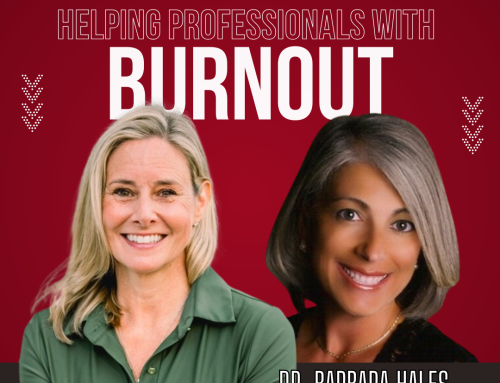Will independent private practice go the way of the dinosaurs?
Primary practice groups say no! They are trying with everything in their power to stay independent though the trend is to sell to hospitals and big health corporations.
To Survive and Thrive, One Must Evolve
Steps to maintain private practice and maintain fiscal solvency include:
- Creative hours-Making office hours more available and flexible caters to those with irregular work schedules or walk-ins, thereby competing with the healthcare provided by drugstore chains and emergi-centers
- Concierge practice– enables patients to join membership into their “medical club” by paying an annual or monthly fee and then seeing their physicians on a more personal and convenient level. Patients appreciate doctor accessibility since most will be able to get same day appointments. Office staff appreciate the freedom from billing insurance for routine visits. According to Michael Tetreault, Editor-in-Chief of Concierge Medicine Today pointed out that there are now almost 4 thousand doctors “who are verifiably, actively practicing concierge medicine across the US with probably another 8000 practicing under the radar”.
- Cost sharing– enables practices to lower expenses without compromising care by having several groups share common costs like one billing service and one transcription service among several providers.
- Consider supplementary health providers– with medical assistants and nurse practitioners handling patient buy ventolin inhaler uk portal questions, phones and routine office visits, more patients can be seen by physicians. Utilize hospitalists to maximize efficiency.
- Clerical work should be saved for non-physicians allowing doctors to do what they do best- evaluate and treat patients. Hire a scribe to enter data into medical health records at the time of patient encounters so that the physician can concentrate on treating the patient.
- Collaborate– with walk-in clinics so that patients are referred to the practice when more intensive medical treatment is needed. The Urgent Care Association of America states that of the 9000 urgent care centers in the US, 35% are owned by physicians or doctor groups. Executive Director of The Convenient Care Association for retail clinics, Hansen-Turon points out that “40% of patients seen at convenience clinics don’t have primary care physicians and so we are strong referral partners for physician practices who want to build their practices but also have an off-hours retail clinic partner.”
With reimbursements declining and expenses rising, the challenge of maintaining private practice is at the highest level.
I hope these tips are helpful to assist you in staying afloat or in making practice decisions. How many are you currently involved in?
Share your thoughts and experiences in the comment box below.



